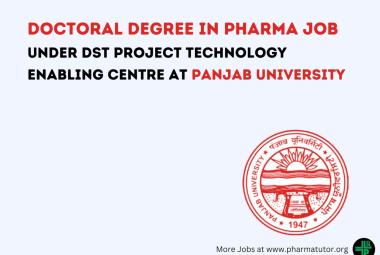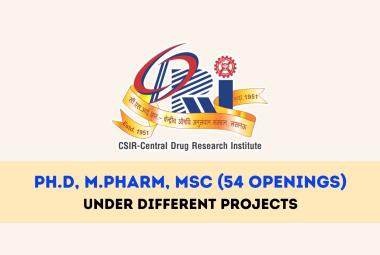A REVIEW ON NEW INNOVATIONS AND TECHNOLOGIES IN THE FORMULATION OF ORALLY DISINTEGRATING TABLETS
 ABOUT AUTHORS:
ABOUT AUTHORS:
YASWANTH ALLAMNENI1*, NAVYA ALLAMNENI2, R AMARNATH1, T RAMASWAMY CHOWDARY1, V SATYANARAYANA1, K VENKATESWARA RAO1
1Research and Development Department, Natco Pharma Limited, Kothur, Mahaboobnagar, Andhra Pradesh – 509228.
2Department of Pharmaceutical Technology, Narasaraopeta Institute of Pharmaceutical Sciences, Narasaraopeta, Guntur,
Andhra Pradesh, India.
*yaswanthallamneni@gmail.com
ABSTRACT
The main aim of this article was to review the development of ODTs, challenges in formulation, new ODT technologies and evaluation methodologies, suitability of drug candidates, and future prospects.Over the past three decades, orally disintegrating tablets (ODTs) have gained considerable attention as a preferred alternative to conventional tablets and capsules due to better patient compliance. ODTs are solid dosage forms containing medicinal substances which disintegrate rapidly, usually in a matter of seconds, when placed on the tongue. Orally disintegrating tablets are also called as orodispersible, quick disintegrating, mouth dissolving, fast disintegrating, rapid dissolving tablets, porous tablets, and rapimelts.Orally disintegrating systems have carved a niche amongst the oral drug delivery systems due to the highest component of compliance they enjoy in patients especially the geriatrics and pediatrics. However, of all the above terms, USP approved these dosage forms as ODTs. These tablets are distinguished from conventional sublingual tablets, lozenges, and buccal tablets which require more than a minute to dissolve in the mouth. According to the recently issued draft guidance for Industry of orally disintegrating tablets, FDA specifically recommends that, in addition to the original definition for an ODT, ODTs be considered solid oral preparations that disintegrate rapidly in the oral cavity, with an in vitro disintegration time of approximately 30 sec or less according to the united states pharmacopoeia (USP) disintegration method or alternative. ODTs release drug in the mouth for absorption through local oromucosal tissues and through pregastric (e.g., oral cavity, pharynx, and oesophagus), gastric (i.e., stomach) and post gastric (e.g. .small and large intestines) segments of the gastrointestinal tract.











.png)


